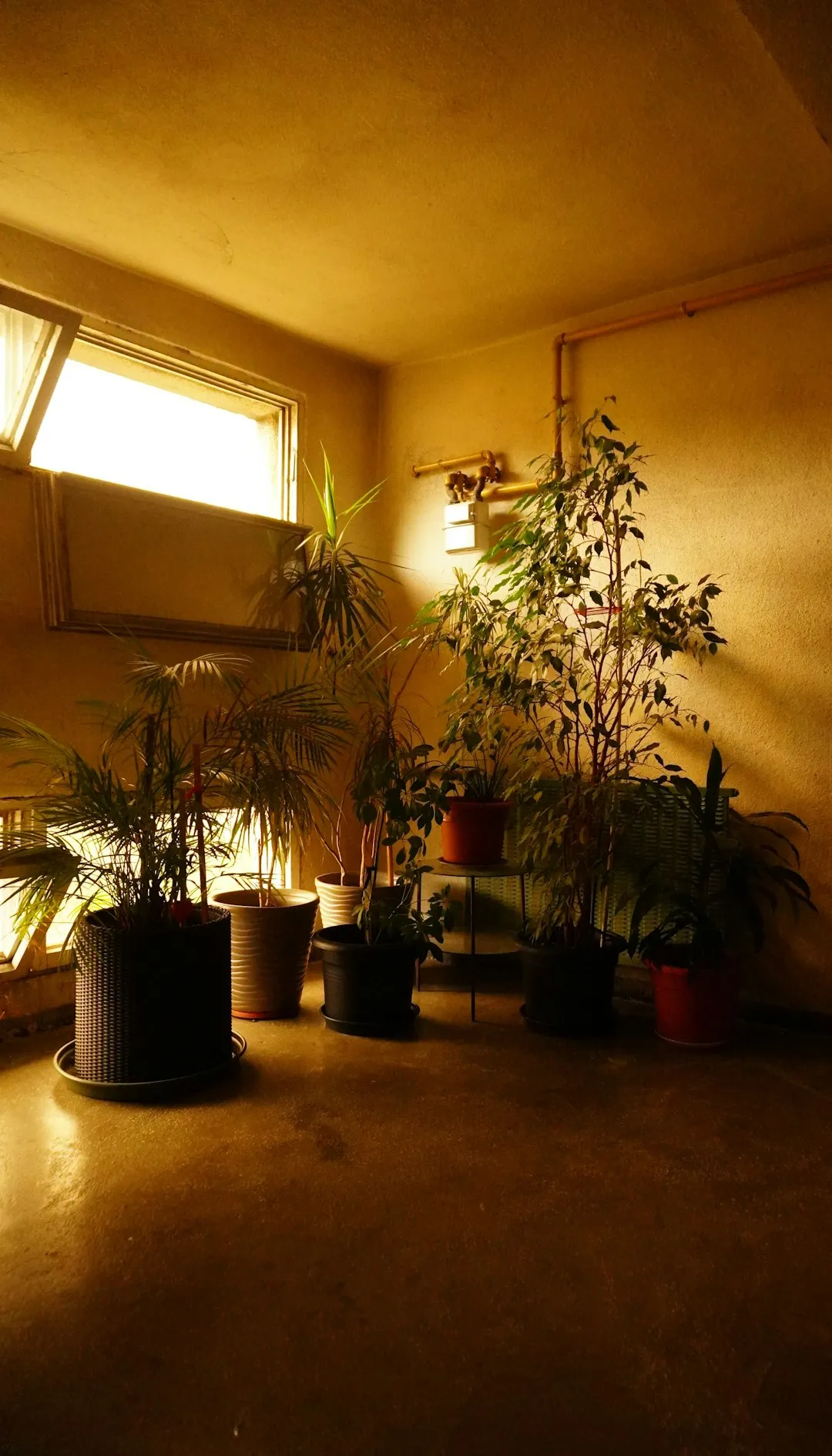The Secret to a Flawless Garden Display

Maintaining a beautiful yard and garden is a labor of love, and one crucial aspect of garden care is ensuring that your annual and perennial plants stand tall and proud, rather than flopping over and spoiling their flower display. Staking is a simple yet effective technique that can make a world of difference in the appearance and health of your garden plants.
First, let's understand why staking is necessary. Many annual and perennial plants have tall, slender stems that may not be able to support the weight of their flowers or foliage on their own. As a result, they are prone to bending, breaking, or flopping over, especially in adverse weather conditions such as heavy rain, strong winds, or even the weight of accumulated snow. When plants flop over, they not only look unsightly but can also prevent proper air circulation and sunlight penetration, which can lead to diseases and pests.
Now, let's explore the different types of stakes and staking methods available. There are several types of stakes that you can choose from, depending on the size and type of your plants. Bamboo stakes are a popular choice for smaller plants, as they are lightweight, inexpensive, and easy to work with. Wooden stakes are more durable and can be used for larger plants, while metal stakes are the most sturdy and are ideal for heavy or top - heavy plants.
For staking smaller annuals and perennials, you can use single stakes. Simply drive the stake into the ground next to the plant, being careful not to damage the roots. Then, use soft ties such as garden twine, plant clips, or strips of fabric to gently secure the plant to the stake. Make sure the ties are not too tight, as this can restrict the growth of the plant and cause damage.
For larger plants or those with multiple stems, you may need to use a more elaborate staking system. One option is to use a tripod or teepee stake. To create a tripod stake, drive three stakes into the ground around the plant, forming a triangle. Then, tie the tops of the stakes together with twine or wire. This provides a stable support structure for the plant. A teepee stake is similar, but it usually consists of four or more stakes tied together at the top, creating a cone - shaped structure.
Another effective staking method for larger plants is the grid or cage system. You can use pre - made plant cages or create your own using wire mesh or fencing. Place the cage or grid around the plant when it is still young, and as the plant grows, it will naturally grow through the openings in the cage, providing support from all sides.
When staking your plants, timing is crucial. It is best to stake your plants early in the growing season, before they start to flop over. This allows the plant to grow and develop around the stake, rather than having to be forced into an upright position later. Additionally, make sure to regularly check the stakes and ties throughout the growing season to ensure that they are still secure and that the plant is not being damaged.
Proper staking not only improves the appearance of your garden but also has several other benefits. By keeping the plants upright, you can maximize the amount of sunlight that reaches the leaves and flowers, which promotes photosynthesis and healthy growth. Staking also helps to prevent diseases by improving air circulation around the plant, reducing the risk of fungal infections and other problems.
In conclusion, staking your annual and perennial garden plants is an essential part of yard and garden care. By choosing the right stakes and staking methods, and by staking your plants at the right time, you can ensure that your garden looks its best all season long. So, don't let your plants flop over and ruin their flower display. Take the time to stake them properly, and enjoy a beautiful, healthy garden for years to come.
Remember, gardening is a continuous learning process, and each season brings new challenges and opportunities. Experiment with different staking techniques and find what works best for your specific plants and garden conditions. With a little patience and practice, you'll become a master at staking your garden plants in no time.
Furthermore, don't forget to consider the overall aesthetic of your garden when staking. You can choose stakes that blend in with the natural surroundings or use decorative stakes to add a touch of style. For example, you can use painted wooden stakes or stakes with unique designs to enhance the visual appeal of your garden.
Also, as you stake your plants, take the opportunity to assess their overall health. Look for signs of pests, diseases, or nutrient deficiencies. If you notice any problems, address them promptly to ensure the continued well - being of your plants. This way, staking becomes not just a way to keep your plants upright but also a part of a comprehensive garden care routine.
Finally, share your gardening experiences and tips with other gardeners. Whether it's through local gardening clubs, online forums, or social media, sharing knowledge can help everyone improve their gardening skills and create more beautiful yards and gardens. So, go ahead and stake your plants, and let your garden thrive!